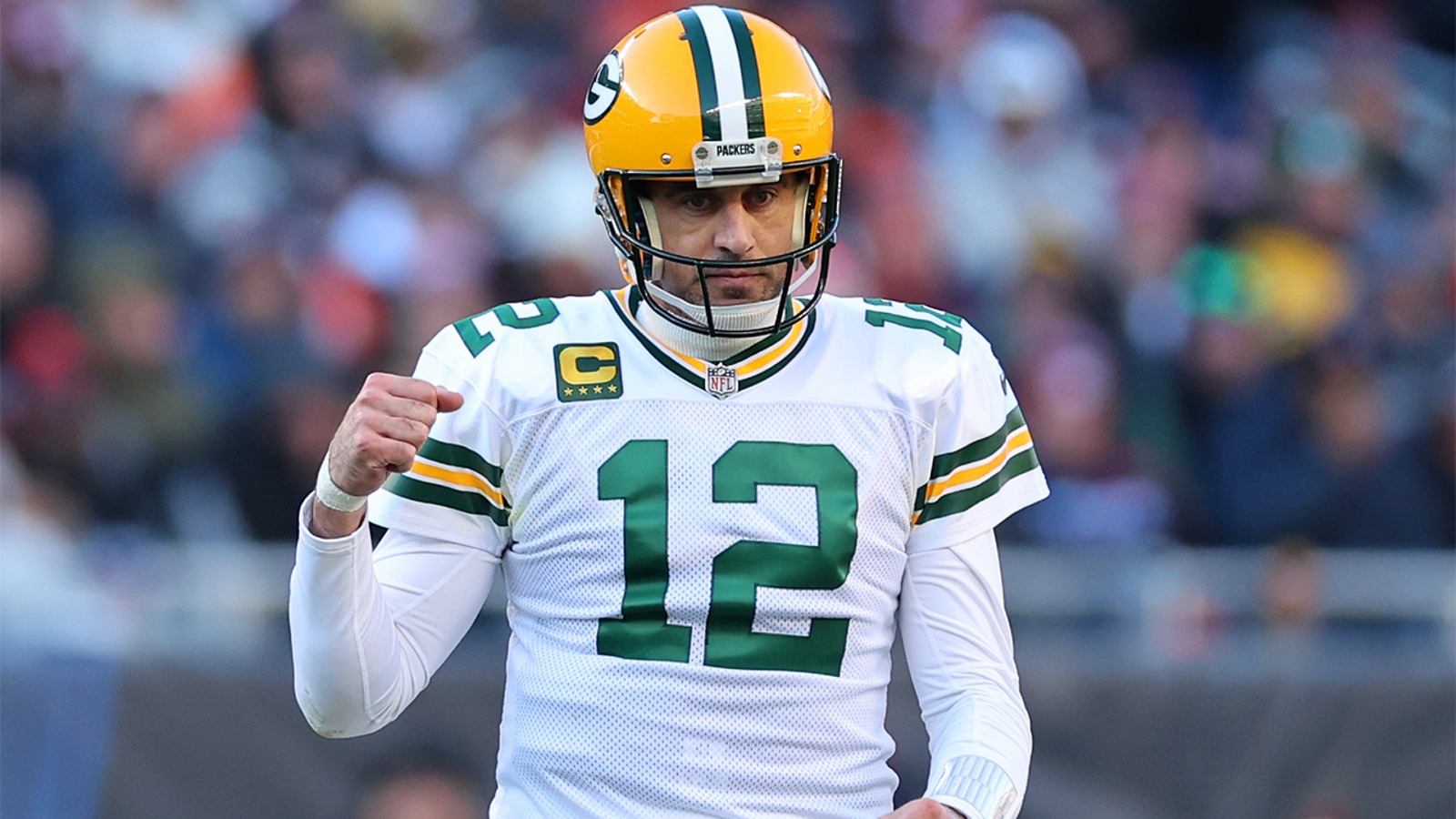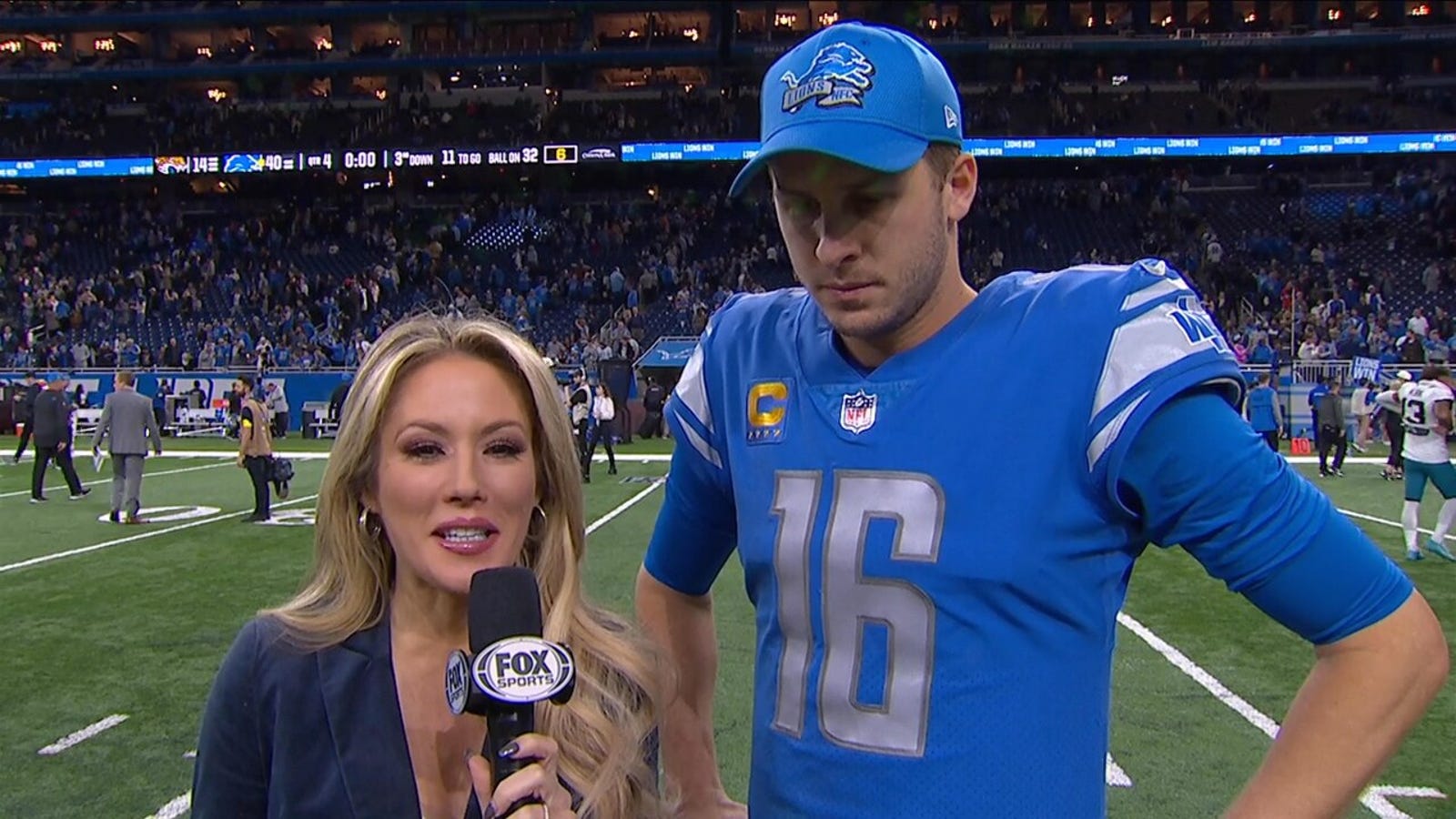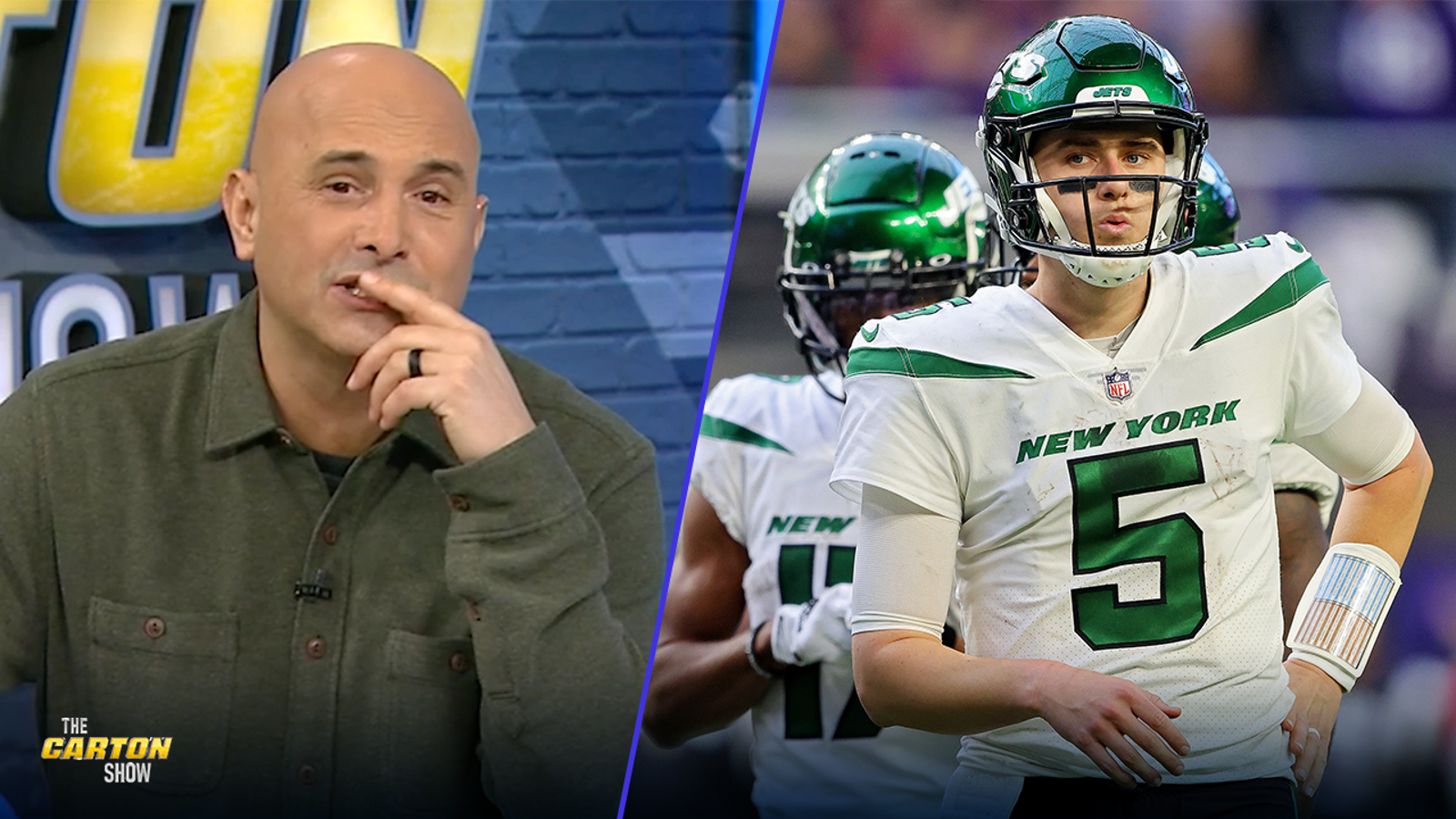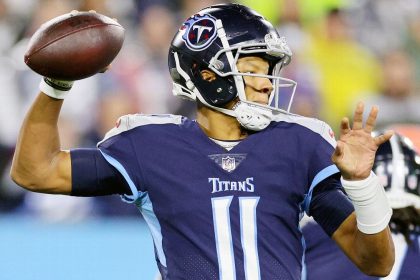There was some drama earlier in the week, with the Bears wondering if they would have their starting quarterback to face their storied rivals, the Green Bay Packers, for the second time this season. Justin Fields is recovering from an AC joint sprain and partially torn ligaments in his nonthrowing shoulder suffered against the Atlanta Falcons but had turned the corner in practice during the week. Though there was minimal risk for further injury, some risk still remained, so Chicago adjusted its game plan.
It was an opportunity to kill two birds with one stone. Throw the ball more and keep Fields safe from taking as many hits while also getting him valuable reps in the passing game. Like it or not, there hasn’t been a large enough sample size for anyone to feel comfortable with Fields as a passer. He’s a dynamic athlete, perhaps the best runner of any quarterback in the NFL, but the Bears had yet to see him take over a game with his arm as he had in college at Ohio State.
Fields’ chance to answer any remaining questions and be the hero came in the fourth quarter Sunday. Though the Bears largely outplayed the Packers for most of the game, as the scoreboard switched to the fourth quarter, so did the tides of the game. Chicago held as much as a 13-point lead toward the end of the first half. Green Bay scored 18 points in the fourth quarter alone to ultimately complete the comeback.
Adam Amin and Mark Schlereth discussed the comeback victory for Aaron Rodgers and the Green Bay Packers over their NFC North Rival Chicago Bears.
But it didn’t have to be that way.
The Packers had their first lead of the game with less than five minutes left, and it was by a measly one point. They gave the ball back to the Bears after being held to a field goal to go up 20-19. Fields got the ball back in his hands with 4:49 on the clock, only needing a field goal.
This was his chance. Successfully execute a four-minute offense, and you’re splitting the series with the dreaded Packers. That would show situational awareness. One more pass of two yards or more would surpass his previous single-game high in passing yards. It would say once and for all that Fields can beat you with his legs, sure, but you have to respect him as a passer, too.
The ensuing drive started well. Fields eclipsed his previous season high of 206 passing yards on the first play, completing a pass to tight end Cole Kmet for a five-yard gain. Kmet stayed in bounds. The clock kept running. Another play, this time on the ground, and David Montgomery had a first down. He stayed in bounds. The clock kept running. So far, so good. Fields went incomplete on his next try but on the following play, hit Kmet again for 13 yards. The Bears were across the 50-yard line and taking their time doing it.
But this is where it all blows up. Out of the shotgun, Fields drops back to pass, fires a long ball for Equanimeous St. Brown over the middle and… is intercepted. Three plays later, Green Bay’s Christian Watson is in the end zone on a 46-yard end around and the Packers convert a two-point try to go up by two scores with 1:51 left in the game.
Fields was intercepted on the next drive, too. But it was basically already decided.
To Fields’ credit, I’m not sure why the Bears didn’t keep it on the ground after getting that first down in Packers territory. I certainly don’t know why he tried a long ball over the middle that would have made up a lot of yardage in not a lot of time when you’re trying to milk the clock. But the Bears have yet to see the player that should be the future of their franchise come through when they needed it most. And so, there are still questions surrounding Fields. He did finish with a season-high of 254 passing yards after completing 20 of 25 pass attempts. But he did not throw for a touchdown and instead threw two interceptions.
It’s evident the potential is there, but that potential needs to be realized soon for Chicago to know without a shadow of a doubt that they have their quarterback of the present and future.
Simplified defense paying dividends for Lions
Scoring points hasn’t been an issue for the Detroit Lions this season. They started the season averaging 35 points per game through the first quarter of the schedule. After hanging 40 on the Jacksonville Jaguars on Sunday, they’re back up to an average of 26.5 points per game, good for a top-five ranking.
The issue was — at least earlier in the season — Detroit’s defense couldn’t stop anyone. But most of the way through three quarters of the game Sunday, they had only allowed two field goals to Trevor Lawrence and the Jaguars. Lawrence finally connected with Evan Engram in the end zone for Jacksonville’s first touchdown with 2:54 left in the third. It’d be the last time they’d score all night.
Jared Goff talks with Jen Hale about why the Lions were able to move the ball so well in the 40-14 victory.
The Lions allowed just three of 12 third-down attempts to be converted. Lawrence had just a 54.8% completion rate. This came a week after they held the Bills’ Josh Allen to a 57.1% completion rate. They’re still giving up the most points in the league through Week 13, but given where they started, they brought their average down from 35.1 to 27.0.
So, what’s been the difference?
“We’ve slowly started to get back to some of the things we were doing,” said head coach Dan Campbell on Monday. “We’ve been able to open it up because our guys are maturing. They’re growing, they’re getting better, they’re working better together, they’re starting to understand each other.
“I mean at one point, (Lions defensive coordinator Aaron Glenn) AG, we were talking — at one point, it was like the only two guys we had that were out on the field that started for us last year were (Lions DL) Alim (McNeill) and (Lions LB) Alex (Anzalone). Everybody else was new. Either they were drafted, or they were hurt. And so guys have been playing together, they’ve been repping together, and so, as they gain confidence in what we’re running, now we’re opening up the playbook a little bit more. The more we can do, the more those guys can play off each other. We’ve become a little more complex, but not too complex for us.”
When the Lions offense is firing on all cylinders, holding opponents to 27 points could lead to more wins. It already has now that the Lions sit at 5-7 and second in the NFC North.
Minnesota’s bend but don’t break defense
The clock was winding down in the first half at U.S. Bank Stadium and Vikings kicker Greg Joseph had just booted a 41-yard field goal to put Minnesota up 20-3 over the New York Jets. The visitors would tack on one more field goal before time expired thanks to a 60-yard kick by Greg Zuerlein but in all, the Vikings were feeling pretty darn good.
They looked like they felt pretty darn good, and unlike their NFC North division mates in the Lions, the Vikings took their foot off the gas.
Four unanswered field goals later, and the Jets were within one score in the fourth quarter. The offense kicked back in, with Kirk Cousins throwing to who else but Justin Jefferson in the end zone to put Minnesota up 27-15, but there was still too much time and too much fight left in Jets quarterback Mike White. With just inside seven minutes left in the game, White took the ball in himself on a quarterback sneak and Minnesota answered with a three-and-out, putting the pressure back on the defense.
The Jets converted a fourth-and-10 situation on the ensuing drive. They drove all the way down the field, making it as far as the one-yard-line. But Minnesota’s defense came up huge, with Jordan Hicks recording his only pass breakup of the night in front of Braxton Berrios in the end zone on fourth down.
The Vikings offense again answered with a three and out, despite only having 1:46 of clock to run off.
The Jets again moved the ball after starting in Minnesota territory. They made it inside the red zone until Cam Bynum came up with the game-sealing interception on fourth and 10 from the 19-yard line.
Craig Carton and Mark Schlereth take a look at the highlights of the Vikings-Jets game and decide if Mike White is still the answer for New York.
Minnesota as a defense had 13 pass breakups on the day. They came up with two interceptions, including that aforementioned game-sealing one, which they’ve done before. The Jets ran 83 offensive plays. Despite being absolutely gassed, the Vikings defense came up big when the offense didn’t have anything left to give, either.
That’s the definition of complementary football. When one side is lacking, the other side picks up. Minnesota sees that on a per-game basis. But they also come out on the winning side of those situations every time. All but one of Minnesota’s wins have come by one score or less. They have yet to lose a one-score game this season. And because of it, they may be battle-tested enough to withstand a deep postseason run come January.
Top stories from FOX Sports:
Carmen Vitali covers the NFC North for FOX Sports. Carmen had previous stops with The Draft Network and the Tampa Bay Buccaneers. She spent six seasons with the Bucs, including 2020, which added the title of Super Bowl Champion (and boat-parade participant) to her résumé. You can follow Carmen on Twitter at @CarmieV.
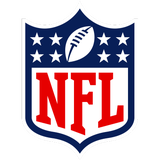
Get more from National Football League Follow your favorites to get information about games, news and more








